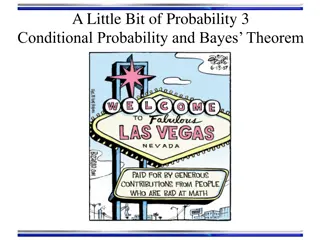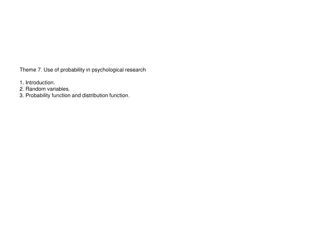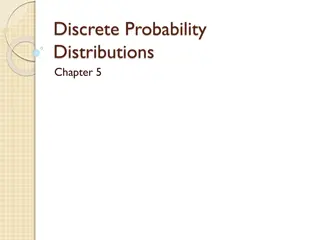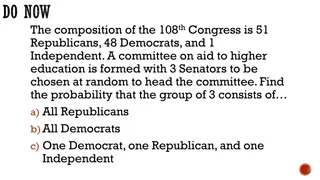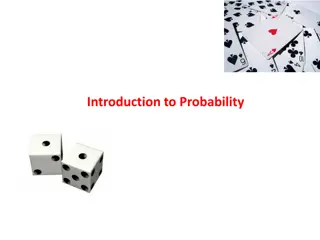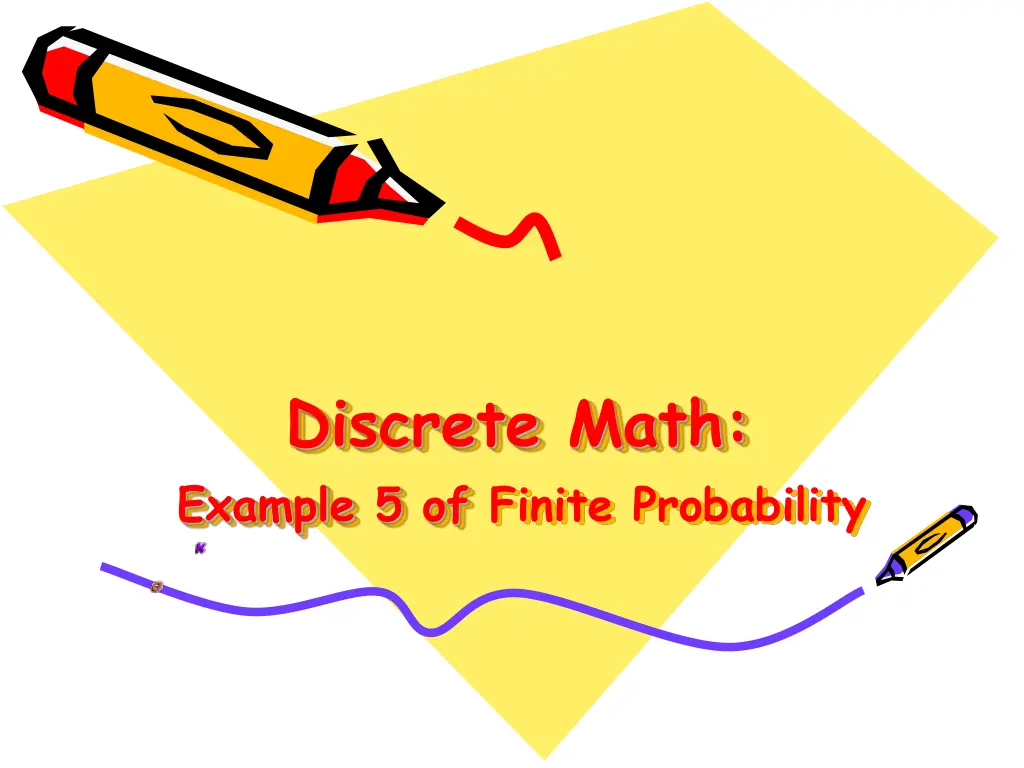
Probability Calculation for Poker Hand with Four Cards of One Kind
Learn how to find the probability of getting a hand in poker that contains four cards of the same kind out of five. Understand the application of the product rule to calculate the chances of this specific poker hand occurrence.
Download Presentation

Please find below an Image/Link to download the presentation.
The content on the website is provided AS IS for your information and personal use only. It may not be sold, licensed, or shared on other websites without obtaining consent from the author. If you encounter any issues during the download, it is possible that the publisher has removed the file from their server.
You are allowed to download the files provided on this website for personal or commercial use, subject to the condition that they are used lawfully. All files are the property of their respective owners.
The content on the website is provided AS IS for your information and personal use only. It may not be sold, licensed, or shared on other websites without obtaining consent from the author.
E N D
Presentation Transcript
Discrete Math: Example 5 of Finite Probability
Example 5 Find the probability that a hand of five cards in poker contains four cards of one kind.
Solution By the product rule, the number of hands of five cards with four cards of one kind is the product of the number of ways to pick one kind, the number of ways to pick the four of this kind out of the four in the deck of this kind, and the number of ways to pick the fifth card. This is C(13, 1)C(4, 4)C(48, 1). By Example 11 in Section 6.3 there are C(52, 5) different hands of five cards. Hence, the probability that a hand contains four cards of one kind is
References Discrete Mathematics and Its Applications, McGraw-Hill; 7th edition (June 26, 2006). Kenneth Rosen Discrete Mathematics An Open Introduction, 2nd edition. Oscar Levin A Short Course in Discrete Mathematics, 01 Dec 2004, Edward Bender & S. Gill Williamson



